Resources
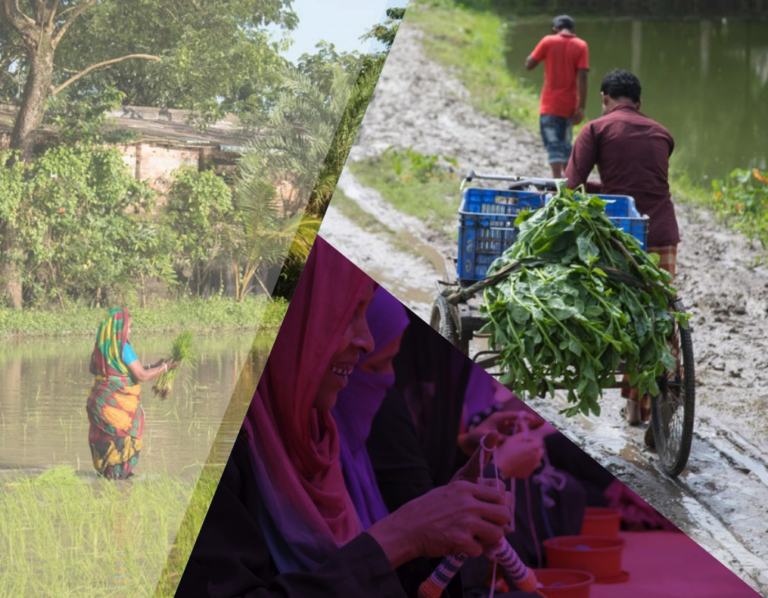
CREL Final Performance Report
The United States Agency for International Development (USAID)/ Bangladesh awarded Cooperative Agreement AID-388-A-12-00007 to implement the Bangladesh Climate-Resilient Ecosystems and Livelihoods (CREL) Project to an experienced consortium of local and international organizations led by Winrock International on September 17, 2012. CREL was originally designed as a five year, $32M project, which was then amended to […]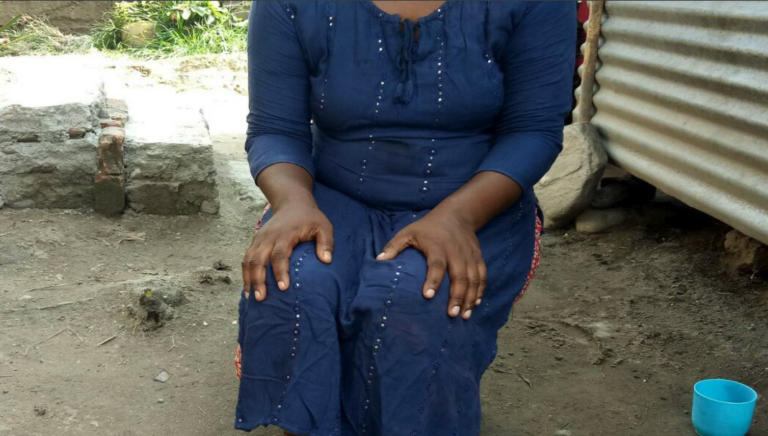
Practices of Shelter Services for Successful and Dignified Reintegration of TIP Survivors in Nepal Policy Brief
Shelter management has a direct and positive impact on the successful reintegration of survivors. Shelters play a crucial and significant role in building the confidence of survivors and empowering them economically to reintegrate into their family and society.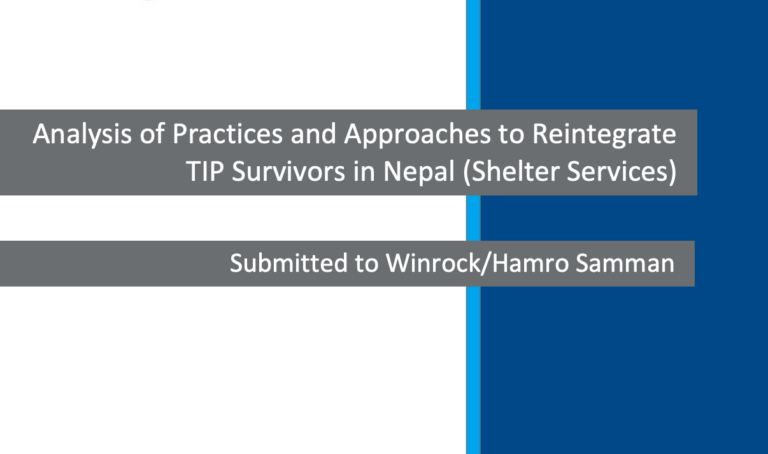
Analysis of Practices and Approaches to Reintegrate TIP Survivors in Nepal (Shelter Services)
Nepal is considered a source, transit, and destination country for human trafficking. Trafficking in Nepal is diverse and is cross-border, international, and internal. According to the report published by the National Human Rights Commission (NHRC), about 35,000 people were victims of human trafficking in the year 2018. They were trafficked for various purposes: sexual exploitation, […]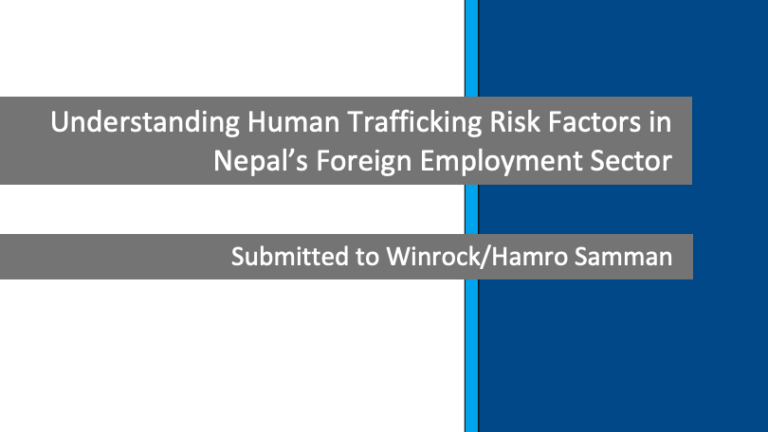
Understanding Human Trafficking Risk Factors in Nepal’s Foreign Employment Sector
Data available on the incidence of trafficking in persons (TIP) in Nepal is scant and scattered. This leaves unanswered questions about the actual number of people trafficked from Nepal every year and the socio-economic characteristics of TIP survivors. According to the National Human Rights Commission (NHRC)’s latest annual report on TIP in Nepal, a total […]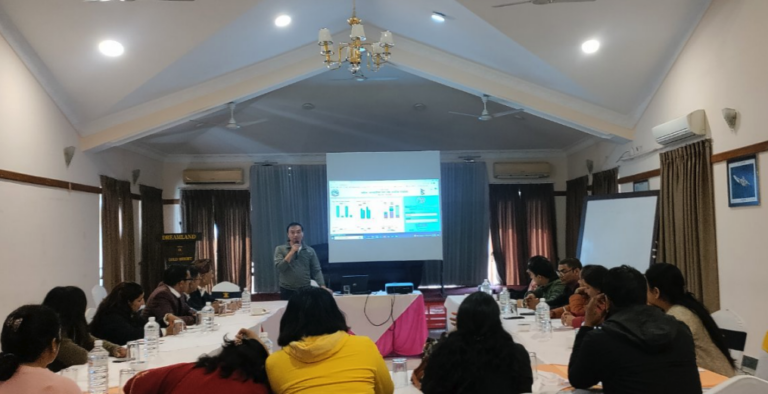
Understanding Human Trafficking Risk Factors in Nepal’s Foreign Employment Sector Policy Brief
This policy brief explores: 1) prevalence of trafficking in persons (TIP) indicators among Nepali workers while participating in international labor migration, and 2) factors that place migrant workers at the risk of trafficking. These are important factors given that hundreds of thousands of Nepali workers participate in foreign employment every year and existing studies/media reports […]
Legal and Institutional Barriers Faced by Human Trafficking Survivors to Access Justice in Nepal Policy Brief
Survivors of human trafficking in Nepal face extreme challenges to access justice. Many are still waiting to begin the process and those who are mid-process continue to encounter multiple legal and institutional barriers.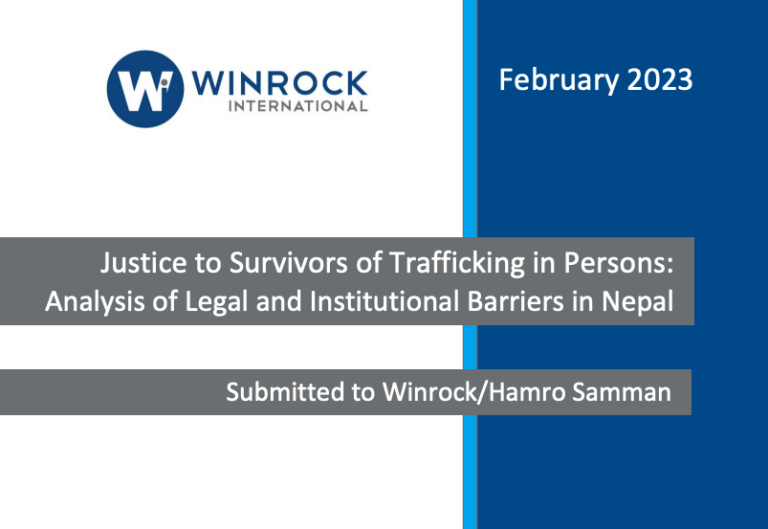
Justice to Survivors of Trafficking in Persons: Analysis of Legal and Institutional Barriers in Nepal
Nepal is one of the most highly affected countries regarding human trafficking (HT); however, the country does not have a centralized and updated database on HT. The estimated HT data was conducted in 2022 by the National Human Rights Commission (NHRC) with around 35,000 persons affected, which included a high number of women (15,000) and […]
Roundtable Forum Case Study May 16 2022
Under the USAID Thailand CTIP project, World Vision and local partners hosted Roundtable Forums in Chiang Rai and Surat Thani for migrants, local government, CSOs, employers, community leaders, and youth to identify challenges in the migrant labor protection system and develop recommendations. These activities served as an attempt to shift the approaches of policymakers and […]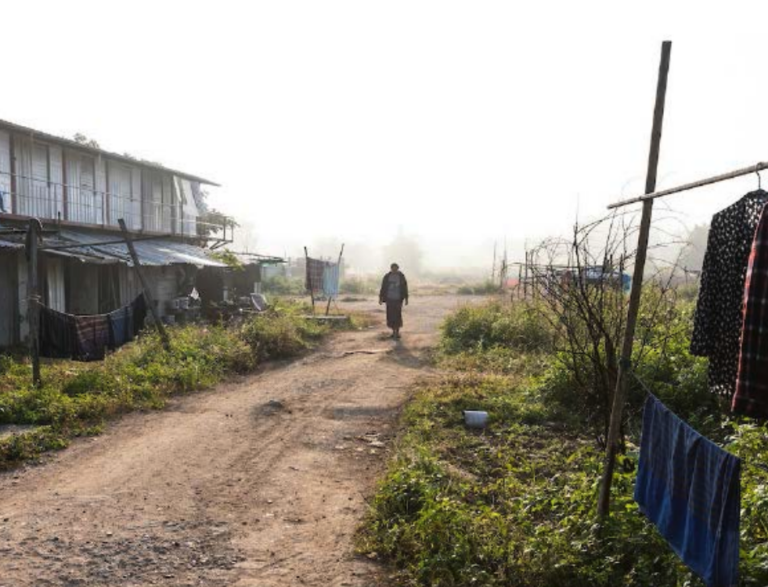
A Study on Service Provision for Gender Minorities in Shelters for Human Trafficking Survivors in Thailand
This study on Service Provision for Gender and Sexual Minorities in Shelters for Human Trafficking Survivors in Thailand aims to: understand the existing policies and procedures for providing services to this group in specialized TIP shelters in Thailand; and provide recommendations on how to meet their needs better.
